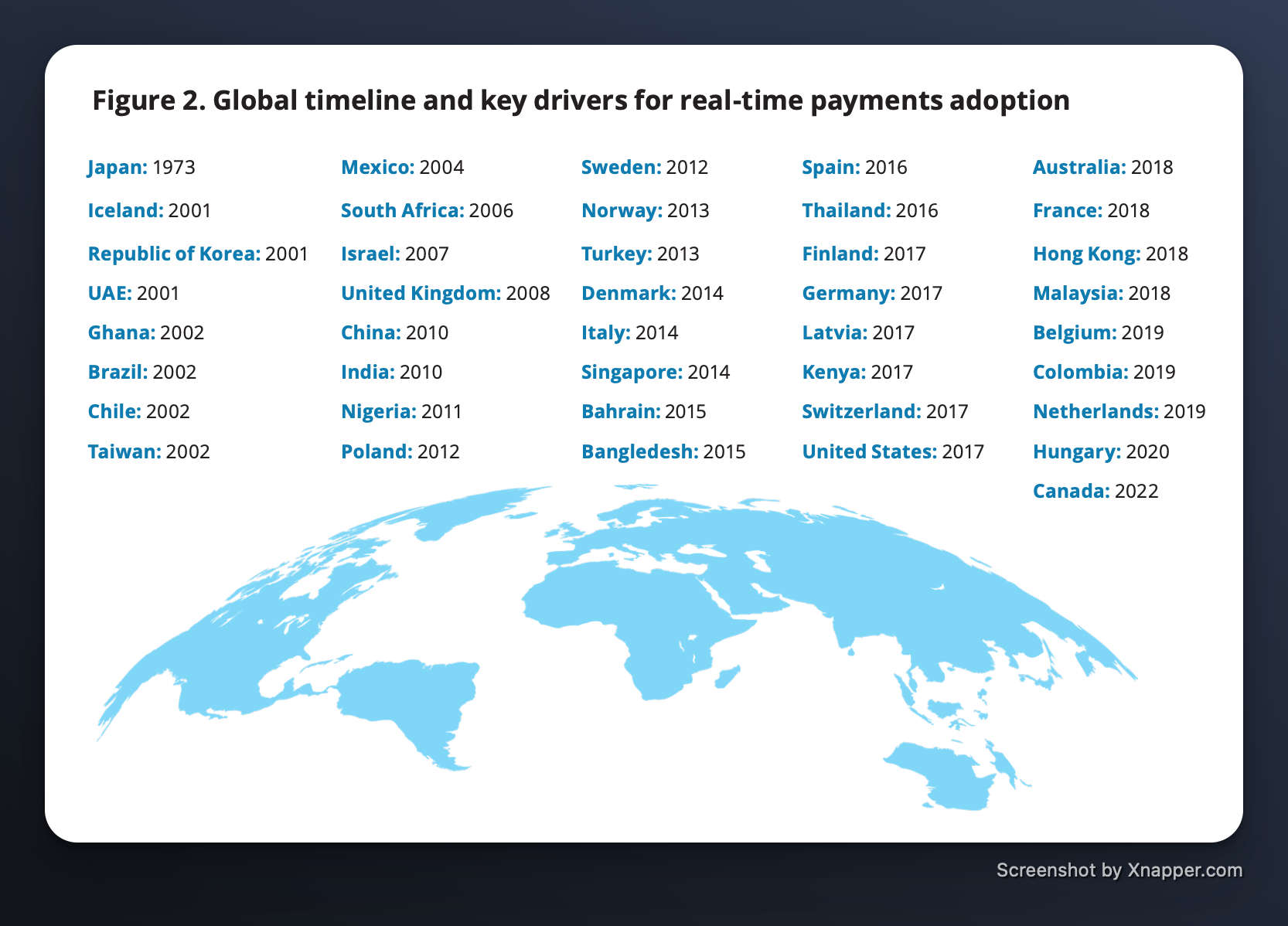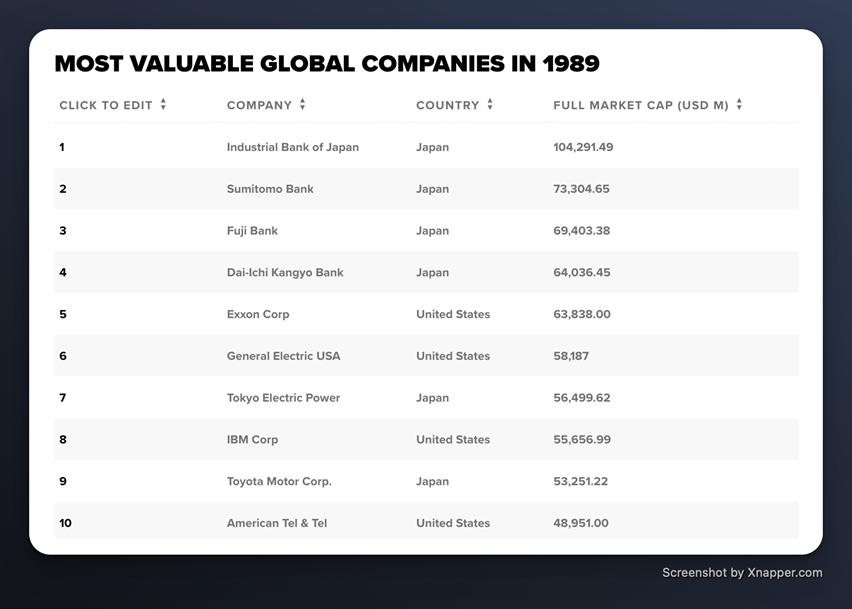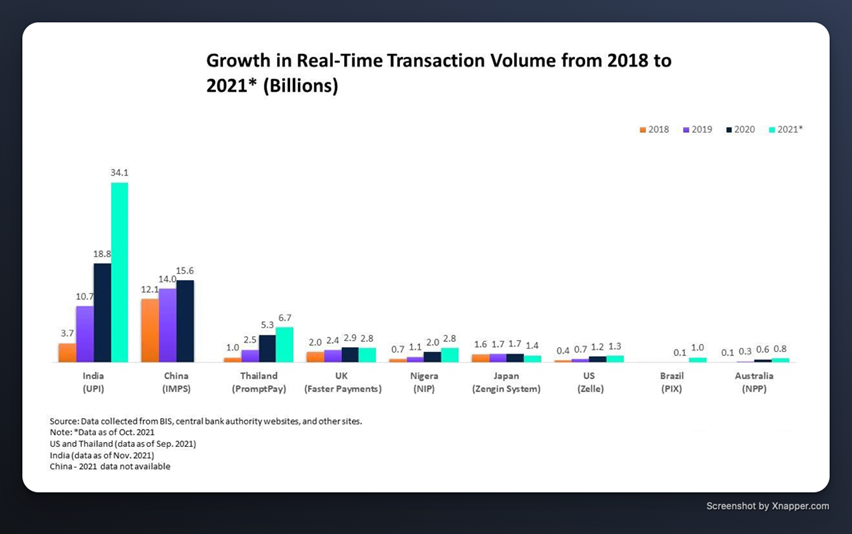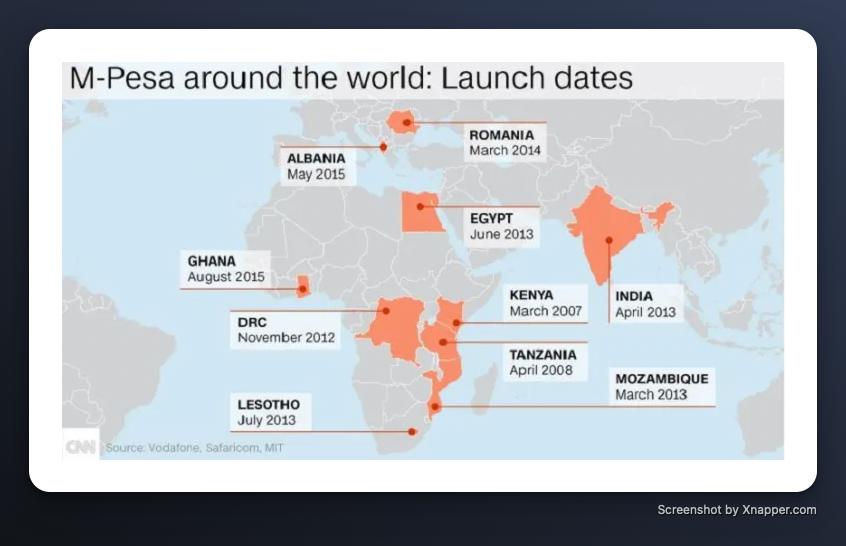Emerging Markets FinTech is a step ahead
Before the iPhone even had a copy-paste function, millions of Kenyans were banking on their phone. Mobile money, real-time payments, crypto, and even BNPL were all emerging market financial innovations before landing in the developed world. TEN13's Alex Barrat looks into the recurring theme of FinTech being built in all corners of the globe, decades before Silicon Valley adopts the ideas.
Australians have largely been an innovative bunch. Inventors of both plastic banknotes and WiFi, we’ve been at the forefront of innovation in money and tech. As such, you’d think the national financial infrastructure would be world-leading too.
Yet, it was only in 2018 that Australians could finally transact with real-time payments (RTP), after the NPP was launched. Just 5 years ago, it would take days to settle a $5 transfer.
Now, almost all transactions can be made instantly at any time of the day. This stands out only because Australia is over a decade behind a lot of the developing world.
Even America, the home of Silicon Valley and all things innovation waited until 2017 for real-time payments. Switzerland, Singapore, and Germany; other technologically advanced economies were also relatively late to the game.

You’d do well to get through the first few columns of the list without raising your eyebrows. Why was Japan decades ahead of the pack? Why have emerging economies developed more modern financial solutions quicker than the rest of the world?
Firstly, the usual disclaimer, it’s important to remember that when a country adopted RTPs is not the best measure of a financial system's maturity or sophistication. But still, RTPs are a very complex step-change that we saw emerge in the developing world before much of the developed.
While Japan has been developed for a long while, it is interesting how early they were to launch RTP. In 1973, Japan introduced their Zengin real-time payments system. Overnight, 87 banks with 7,400 branches were able to instantly settle transfers between individual accounts rather than periodic batch settlements. This forward-thinking was a sign of a decade of Japanese banking dominance.
Japan was the world’s financial innovation leader until the Japanese banking crisis in 1991. Up until that point, the biggest companies by valuation in the world were the Japanese banks.

So, stepping away from the history books and answering the question more directly; why did parts of the developing world innovate more quickly than more established parts of the world?
To start, emerging economies often have very basic, or non-existent, incumbent infrastructure. There is no system to build on top of or replace which removes a lot of legacy debt and limitations of existing infrastructure. The first iteration of a technology is often the only solution. Architects are building into clean air with ready demand for their solution. Another reason is a lack of regulation. The processes and approvals needed to launch financial products in places like Australia are extremely strict. This is for good reason, but generally innovation and regulation exist separately.
Today, Zengin is still one of the biggest RTP systems in the world but we can see how the same technology has kicked off in other parts of the globe. India, China, Thailand, and Nigeria are all transacting in ways that are still relatively new to a lot of the West.

Modern systems like India’s UPI and Brazil’s PIX are the second iteration of RTP infrastructure launched over a decade ago (the IMPS and SITRAF systems respectively).
Real-time payments aren’t the only tech we saw develop most quickly in regions outside the developed world.
Let’s go back to M-Pesa. Mobile payments are an emerging market invention. ApplePay has taken the world by storm over recent years but China has been paying with their phones for a decade.
You are probably well aware of M-Pesa by now. Essentially, in 2007, M-Pesa turned any mobile phone into a wallet where Kenyans could transact and save instantly. While the majority of the population was unbanked, over 83% of the adult population had access to a phone. Within 2 years of M-Pesa’s launch, 65% of Kenya’s population was using M-Pesa. Before 2007, cash was ubiquitous; an insecure and hard-to-manage solution when the average bank was 9.2km away. Now M-Pesa is used by 96% of households and the distance to an M-Pesa agent is just 1.4km. Just this year they passed 50 million global users.

There is another takeaway here that explains why innovation can scale so quickly in developing parts of the world. Sometimes innovative tech is being built to create a solution rather than replace a solution. When this is the case, we often witness hyper-scale in action. “Zero to One” as it’s sometimes called.
In places like the US and Australia, where everyone already had a bank account with a debit/credit card attached, solutions like ApplePay provide marginal benefits; it’s convenient but it’s not life-changing. In Kenya, mobile money was the first financial product much of the population ever had access to. It’s estimated that M-Pesa helped lift 2% of Kenya’s population out of extreme poverty as they joined the financial system (although the study has received criticism for its lack of rigour).
What we once saw with real-time and mobile payments is correlating quite closely to how crypto is now being used in the developing world. Stew Glynn wrote just last month about how cryptocurrencies were solving a problem unique to parts of Africa. While crypto as a store of value or for money transfers is a way off being normal in the West; it’s a very real and useful solution in places with currency instability and inflation. You can read Stew’s piece again in full here.
Taking it one step further, you can even draw parallels between micro-finance in the developing world foreshadowing the BNPL craze that created unicorns out of Klarna, Affirm, Afterpay, and Zip.
To conclude, change doesn’t just come from Silicon Valley. Time and time again we are seeing world-changing financial innovation appearing in the most remote corners of the globe. Emerging market entrepreneurs are building solutions to match unmet demands without the restraints of incumbent systems. We saw it with real-time payments, then mobile money, and now crypto and even BNPL. What’s next?
Never miss an insight
If you're not an existing Livewire subscriber you can sign up to get free access to investment ideas and strategies from Australia's leading investors.
And you can follow my profile to stay up to date with other wires as they're published – don't forget to give them a “like”.
5 topics